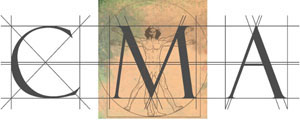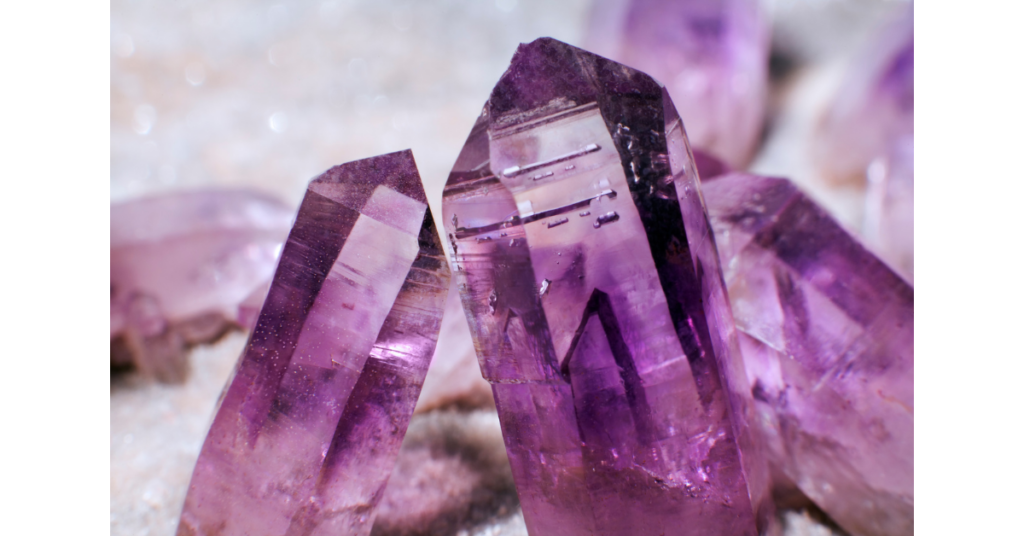Amethyst
The Greek word for amethyst is “amethustos” meaning “not drunken”.
Colour and description
Light, medium, or dark purple form of quartz. The purple colour is due to iron impurities present when the crystal was formed. It is one of the most prized forms of quartz.
Where is it found
It is commonly found alongside the crystal citrine; the only difference between the two stones is the difference in temperature and pressure when they were being formed.
Hardness: 7
(Talc is the softest at number 1 and diamond the hardest at number 10.)
Structure: Trigonal crystalline structure.
Uses
Crystal healers use this stone to treat headaches, eye disorders, balance low-blood sugar levels, and mental disorders. It is a stone of peace and will often cut through layers of illusion so you can see things as they truly are.
Other uses:
Protection against poisons: Amethyst was used in ancient cultures for this purpose.
Addictions and compulsive behaviours: This stone was used in medieval times to ward off drunkenness, hence its Greek name meaning “not drunken”. It is said to help with low-self-esteem, which is often the root cause of addictive and compulsive behaviour.
Overtired / overworked: Brings about feeling of calm and contentment.
Flea deterrent: An amethyst in your pet’s water bowl is believed to deter fleas.
Element: Air

